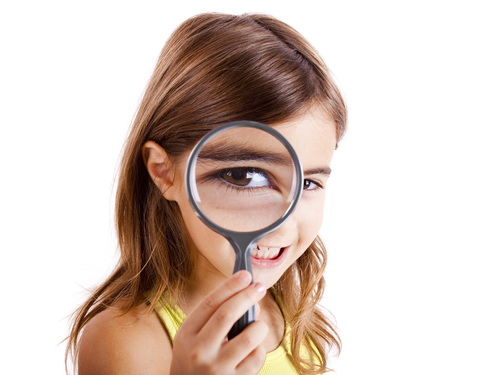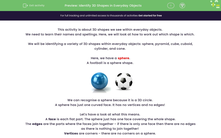This activity is about 3D shapes we see within everyday objects.
We need to learn their names and spellings. Here, we will look at how to work out which shape is which.
We will be identifying a variety of 3D shapes within everyday objects: sphere, pyramid, cube, cuboid, cylinder, and cone.
Here, we have a sphere.
A football is a sphere shape.
.jpg)
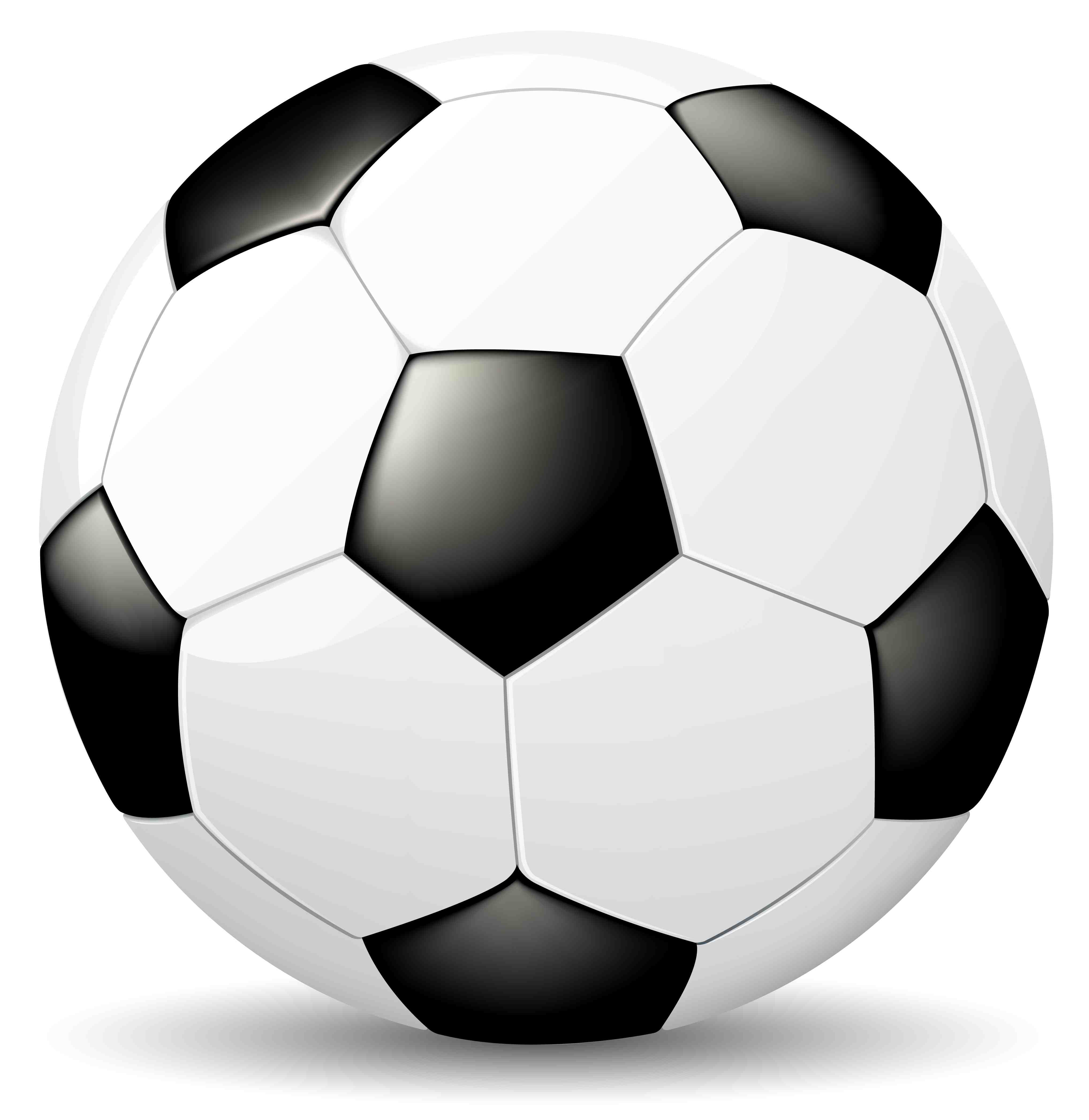
We can recognise a sphere because it is a 3D circle.
A sphere has just one curved face. It has no vertices and no edges!
Let's have a look at what this means.
A face is each flat part. The sphere just has one face covering the whole shape.
The edges are the parts where the faces join together - if there is only one face then there are no edges as there is nothing to join together!
Vertices are corners - there are no corners on a sphere.
Here, we have a pyramid.
The pyramids in Egypt are pyramid-shaped.
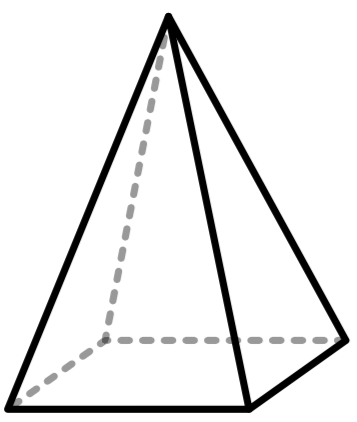
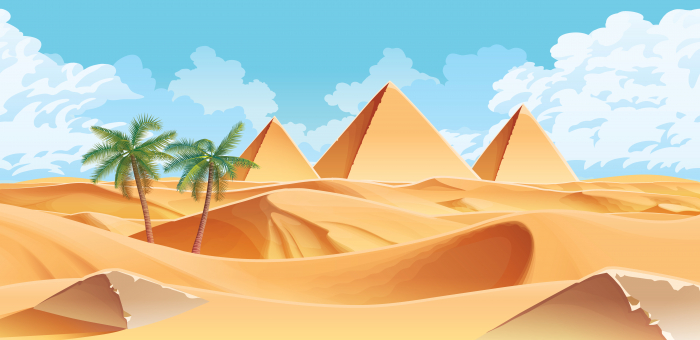
We can recognise a pyramid because it is a 3D triangle.
This has 5 faces, 5 vertices (corners), and 8 edges.
The faces are triangle-shaped and this shape has a square at the bottom of the shape.
This type of pyramid is called a square-based pyramid.

This is the most common pyramid, but sometimes a triangular-based one exists.
This shape is the same, but it has a triangle at the bottom of the shape.
Here, we have a cube.
A jack in the box is a cube shape.

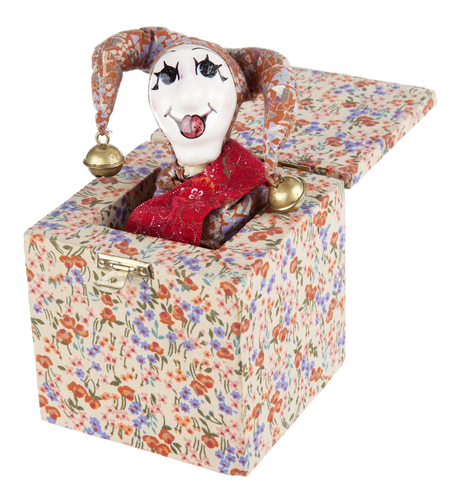
We can recognise a cube because it is a 3D square.
A cube has 6 faces, 12 edges, and 8 vertices.
Let's have a look at what this means again.
A face is each flat part. A cube only has square faces.
The edges are the parts where the faces join together.
Vertices are corners.
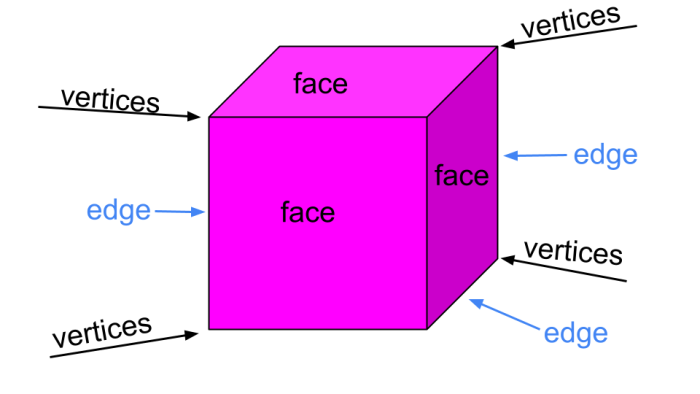
Here, we have a cuboid.
This suitcase is a cuboid shape.
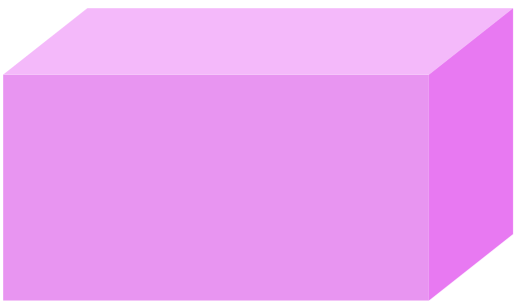
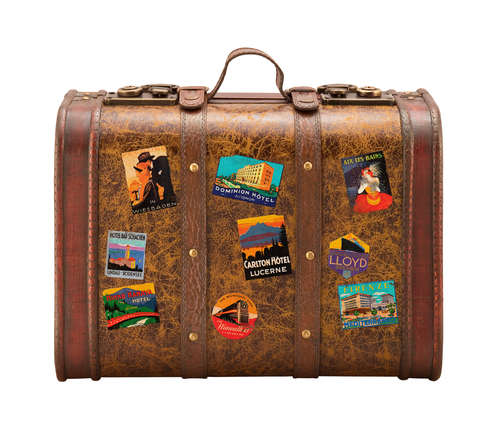
We can recognise a cuboid because it is a 3D rectangle.
A cuboid also has 6 faces, 12 edges, and 8 vertices.
The difference between a cuboid and a cube is that the cuboid is a mixture of rectangular-shaped faces and square faces, whereas a cube has all six faces that are squares.
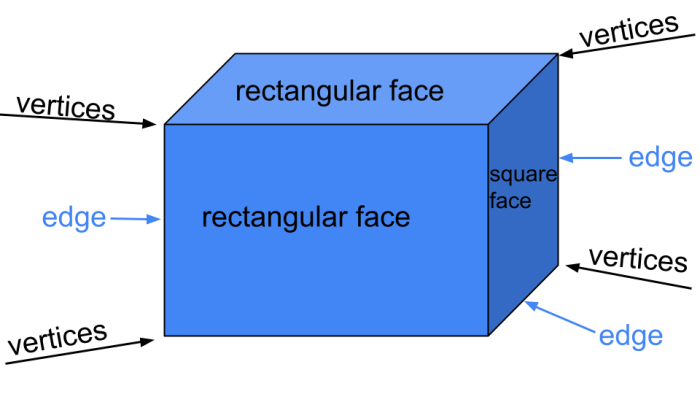
A cuboid can have all rectangular faces like this:
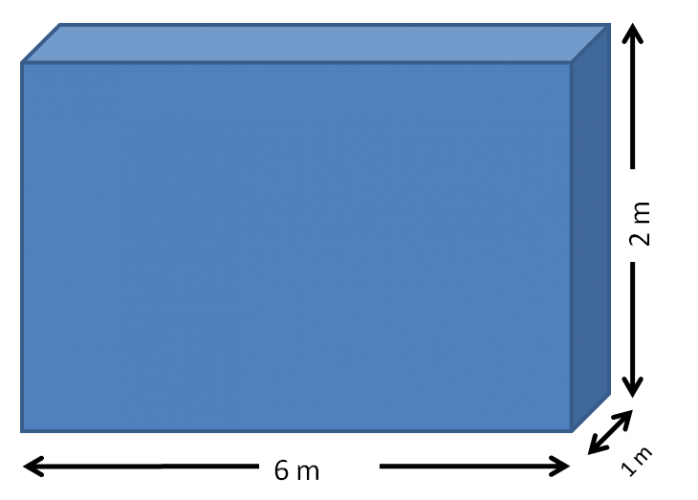
Here, we have a cylinder.
A can of cola is a cylinder shape.
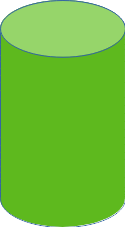
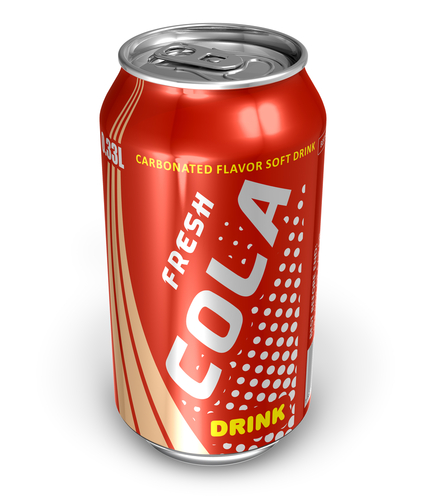
We can recognise a cylinder because it has 3 faces, 2 edges, and 0 vertices.
A cylinder has two circle faces and one big face wrapped around the middle.
Finally, we have a cone.
An ice cream cone is an object that is a cone shape!

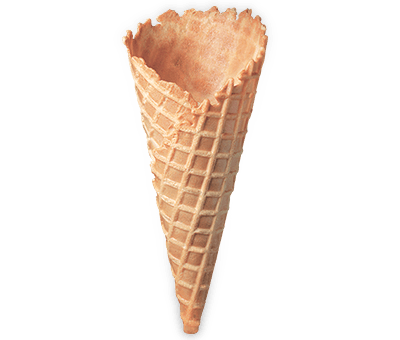
A cone has 2 faces, 1 edge, and 1 vertex (corner).
Shall we have a go at spotting these shapes now?
